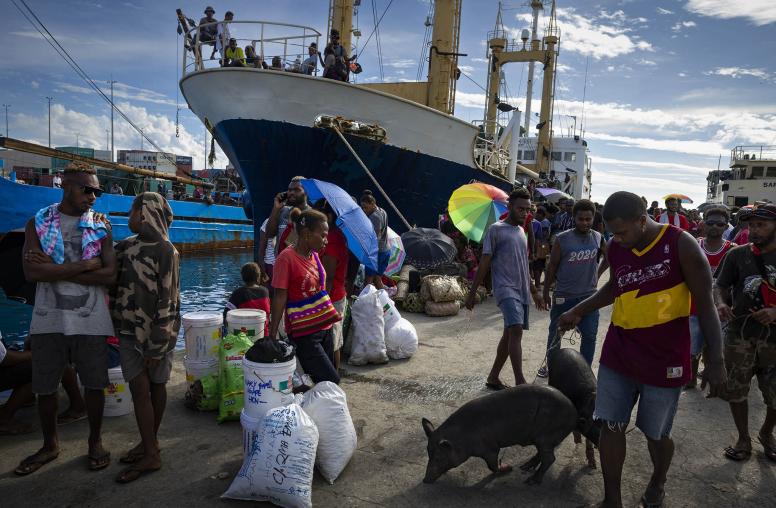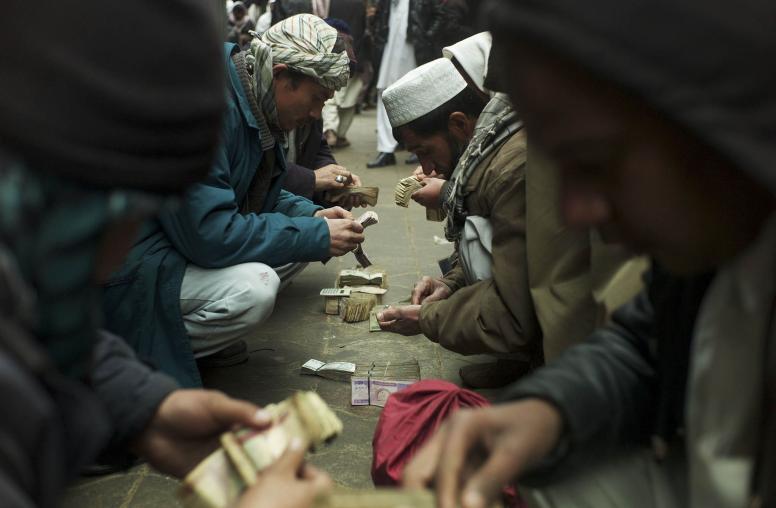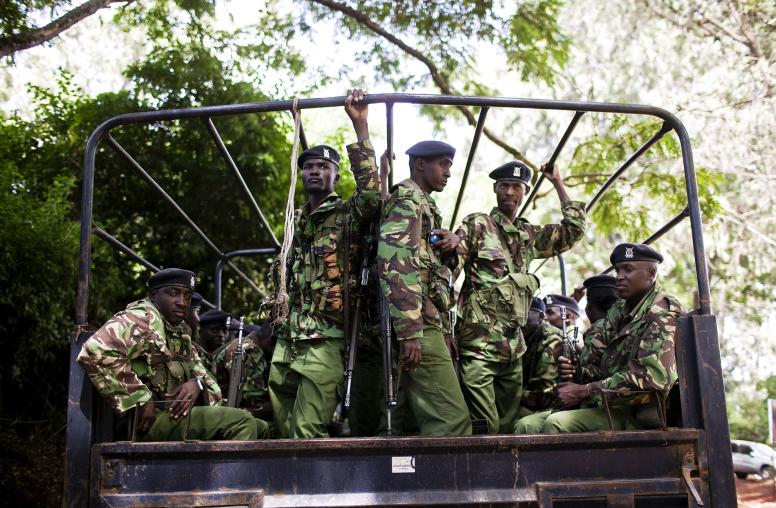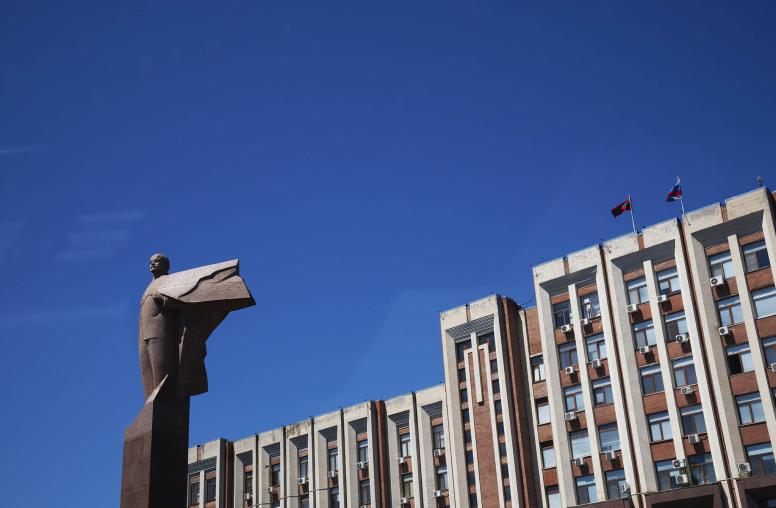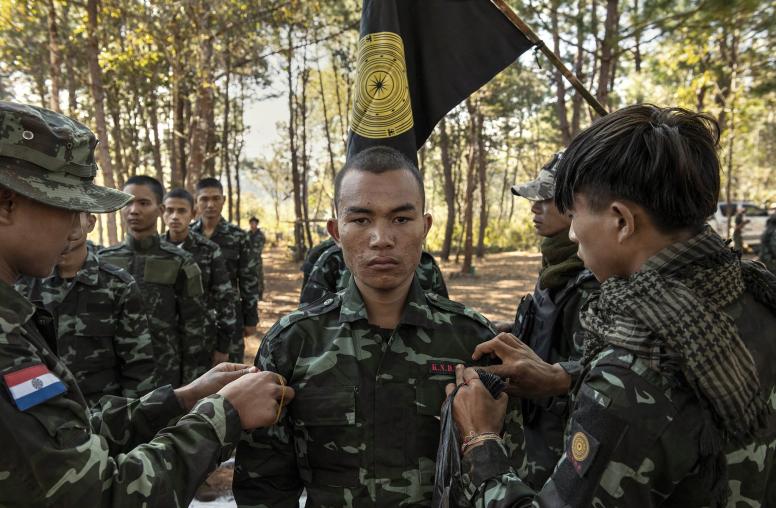The Sadat Lectures
Words and Images on Peace, 1997-2008
The Sadat Lectures is a compilation of thought-provoking speeches delivered by some of the most accomplished practitioners of international relations: Ezer Weizman, Jimmy Carter, Henry Kissinger, George Mitchell, Nelson Mandela, Kofi Annan, Mary Robinson, James Baker, and Mohamed ElBaradei. Accompanying these speeches are full-color reproductions of winning artwork from the Sadat Art for Peace Award.
The Sadat Lectures is a compilation of thought-provoking speeches delivered by some of the most accomplished practitioners of international relations:
Ezer Weizman George Mitchell Mary Robinson
Jimmy Carter Nelson Mandela James Baker
Henry Kissinger Mohamed ElBaradei Kofi Annan
The Sadat Lecture was inaugurated in 1997 when the Sadat Chair for Peace and Development was established at the University of Maryland. This series of lectures explores the role of leadership in the pursuit of peace, as exemplified by the life and vision of Egyptian president Anwar Sadat. Organized by Shibley Telhami, the first and current Sadat Chair, the lectures span a decade of tumultuous change in the Middle East and provide an enlightening interpretation of a transformative period in the relationship between the Middle East and the rest of the world.
Accompanying these speeches are full-color reproductions of winning artwork from the Sadat Art for Peace Award. This competition is held in conjunction with the Sadat Lecture for Peace at the University of Maryland and recognizes the best artwork depicting the theme of peace and reconciliation.
